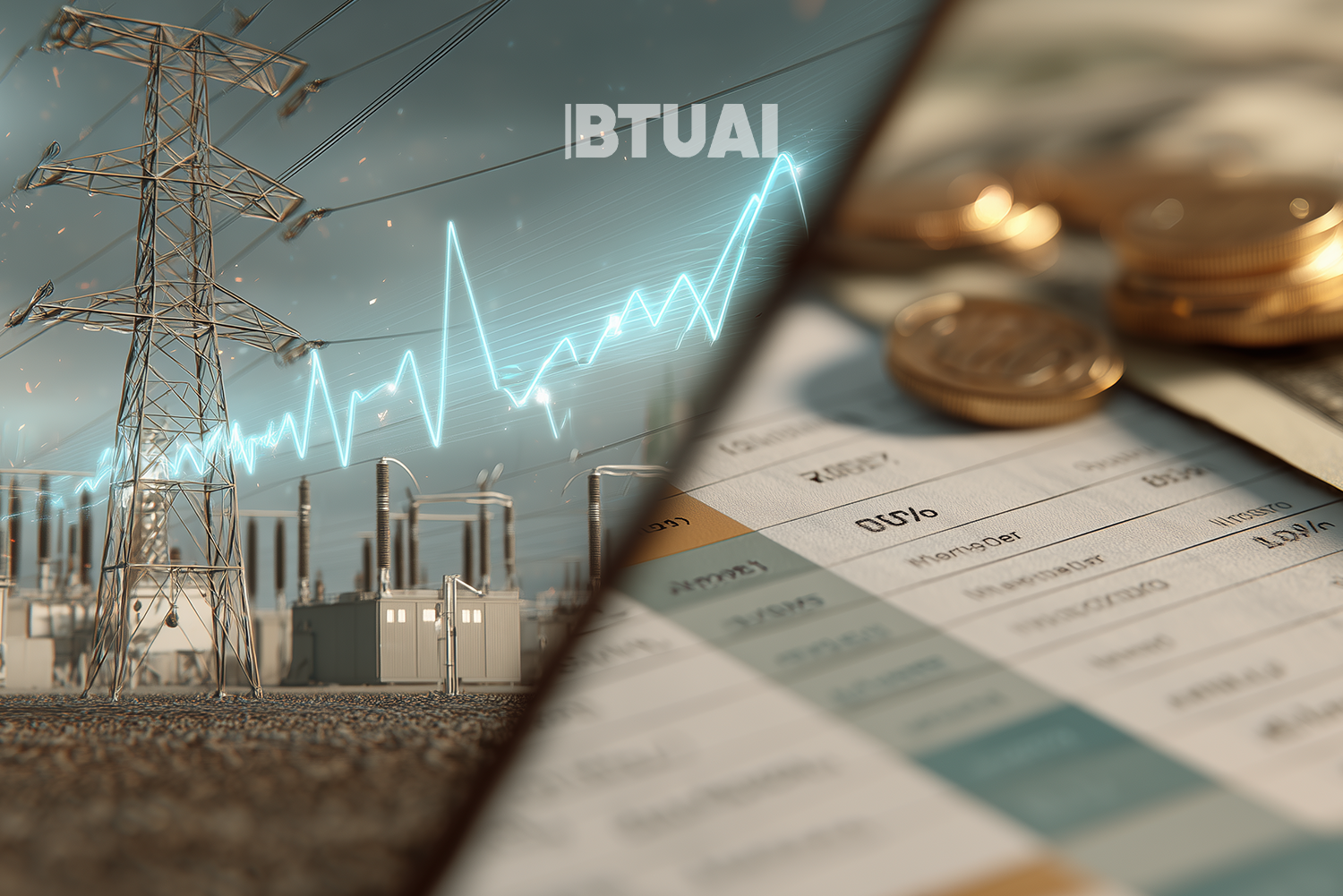Energy Costs for Producers in Georgia — Why This PPI Group Is Now at the Center of Industrial Strategy
In Georgia’s industrial sector, energy is not just essential — it’s becoming increasingly expensive. In May 2025, prices in

In Georgia’s industrial sector, energy is not just essential — it’s becoming increasingly expensive. In May 2025, prices in the “Electricity, Gas, Steam, and Air Conditioning” group of the Producer Price Index (PPI) rose by 13.8% year-on-year, contributing 1.4 percentage points to overall PPI growth (source: Geostat).
This group includes electricity, natural gas, process steam, and conditioned air — resources widely used in production. The index reflects price changes that suppliers charge to producers, capturing costs upstream in the supply chain.
The increase especially affects energy-intensive sectors like metallurgy, cement, chemicals, and food processing. These industries are caught in a squeeze: on one hand, their input prices are rising; on the other, raising final product prices on competitive markets isn’t always feasible.
A good example is the metallurgy sector. With metal ore prices up 18.1%, energy costs are also rising sharply. For many small and medium-sized firms, electricity alone accounts for over 20–25% of total production costs. Some companies have already shifted production to nighttime hours with lower tariffs — signaling that energy efficiency planning is no longer theoretical, but operational.
The issue isn’t purely domestic. Energy markets, particularly electricity pricing, have been unstable for two years. Seasonal variation in hydropower, fluctuating gas import prices, and GEL exchange rate volatility all create an environment in which companies cannot forecast their energy expenses even 6–12 months ahead. In 2024, despite rising consumption, Georgia still relied heavily on electricity imports — deepening exposure to international price swings. Moreover, natural gas prices have been affected by the Russia–Ukraine war, while delivery schedules from Azerbaijan have forced multiple firms to adjust production timelines.
Some businesses are looking into alternatives — solar panels, micro-hydropower, and energy-efficient equipment. But these aren’t always accessible. Smaller firms often lack both financing and technical know-how. The problem is compounded by weak government support for industrial energy efficiency — few grants are available and funding access remains limited.
The paradox is that even when final product prices rise in some sectors, producer margins are shrinking — because price hikes can’t keep up with cost increases. For instance, in the beverage sector, PPI rose by 4.6%, but rising energy, distribution, and marketing costs are eating into profits. Additionally, many firms regularly import packaged or semi-processed components — whose own energy-intensive production processes further push costs up, even if that’s not directly visible in end prices.




